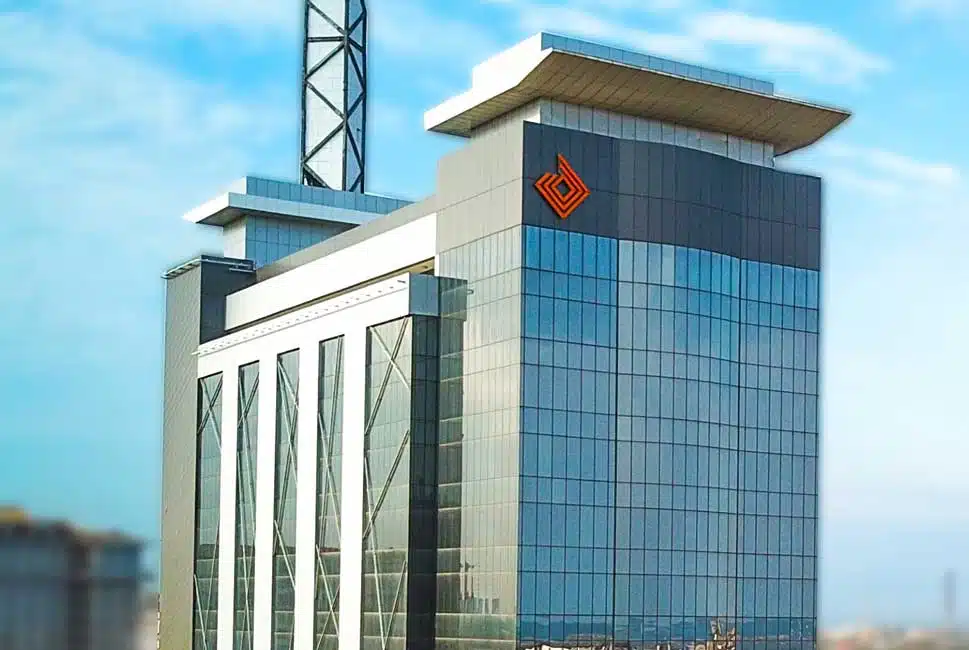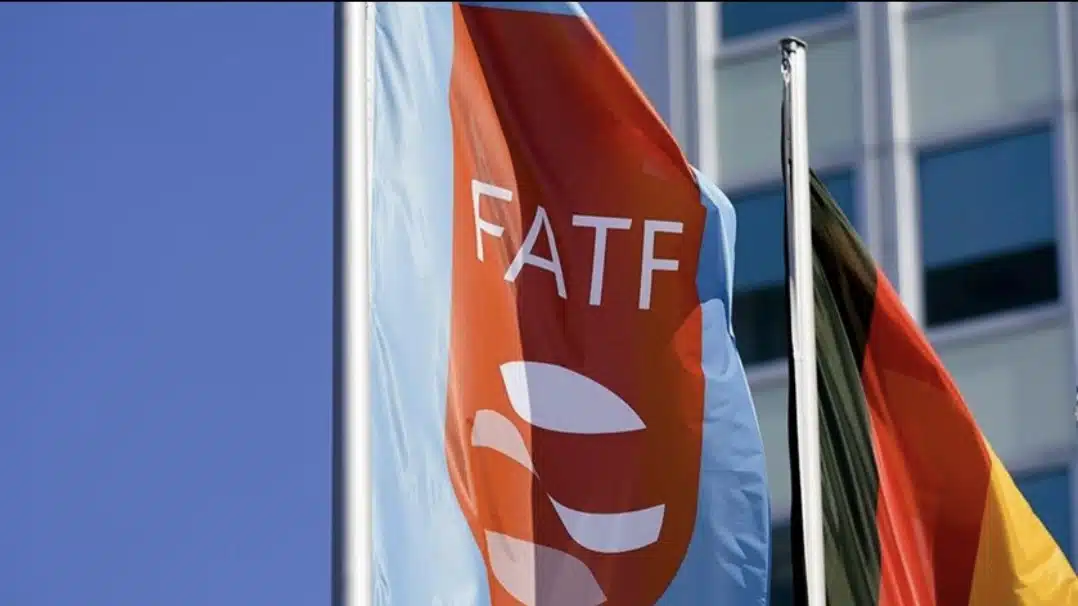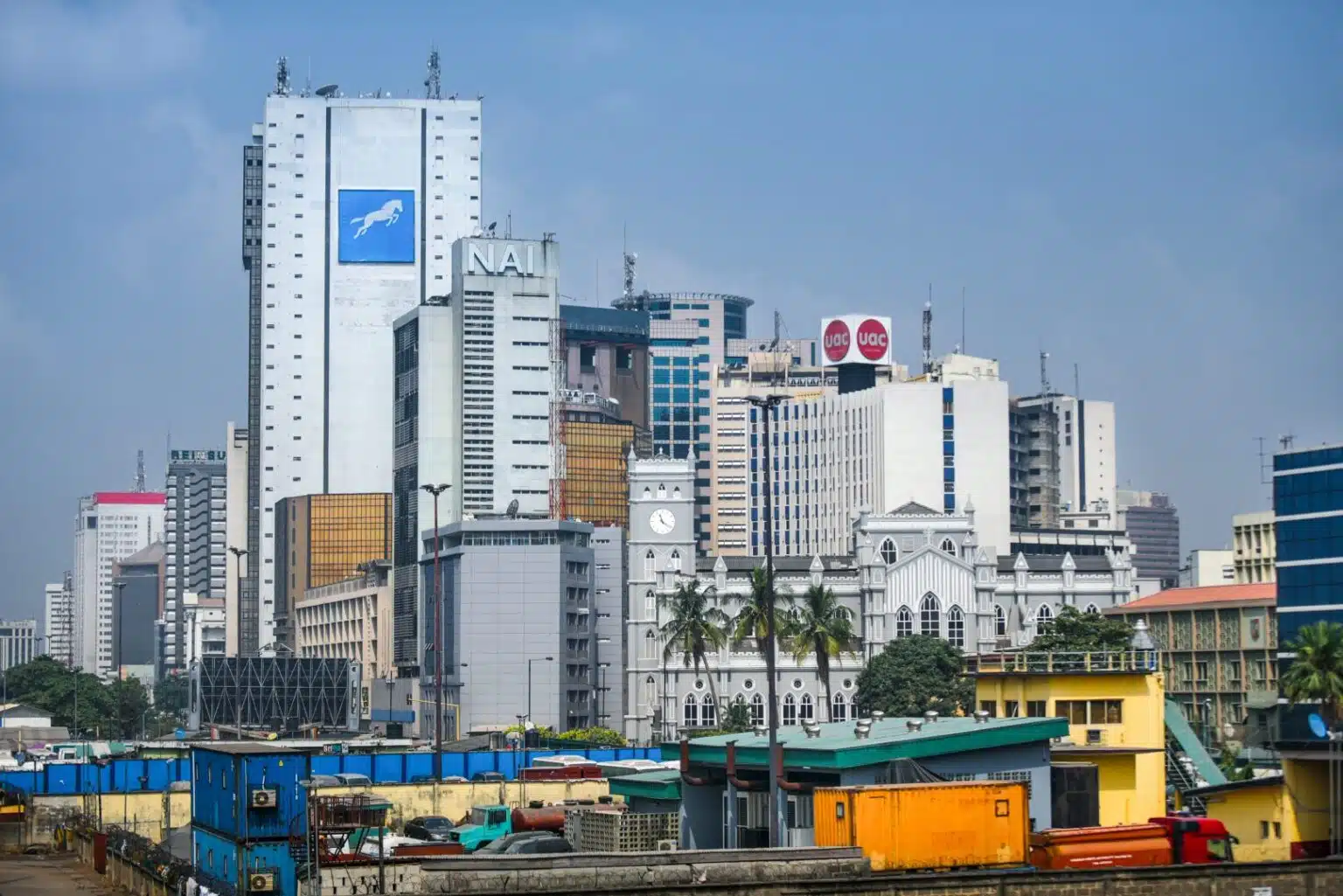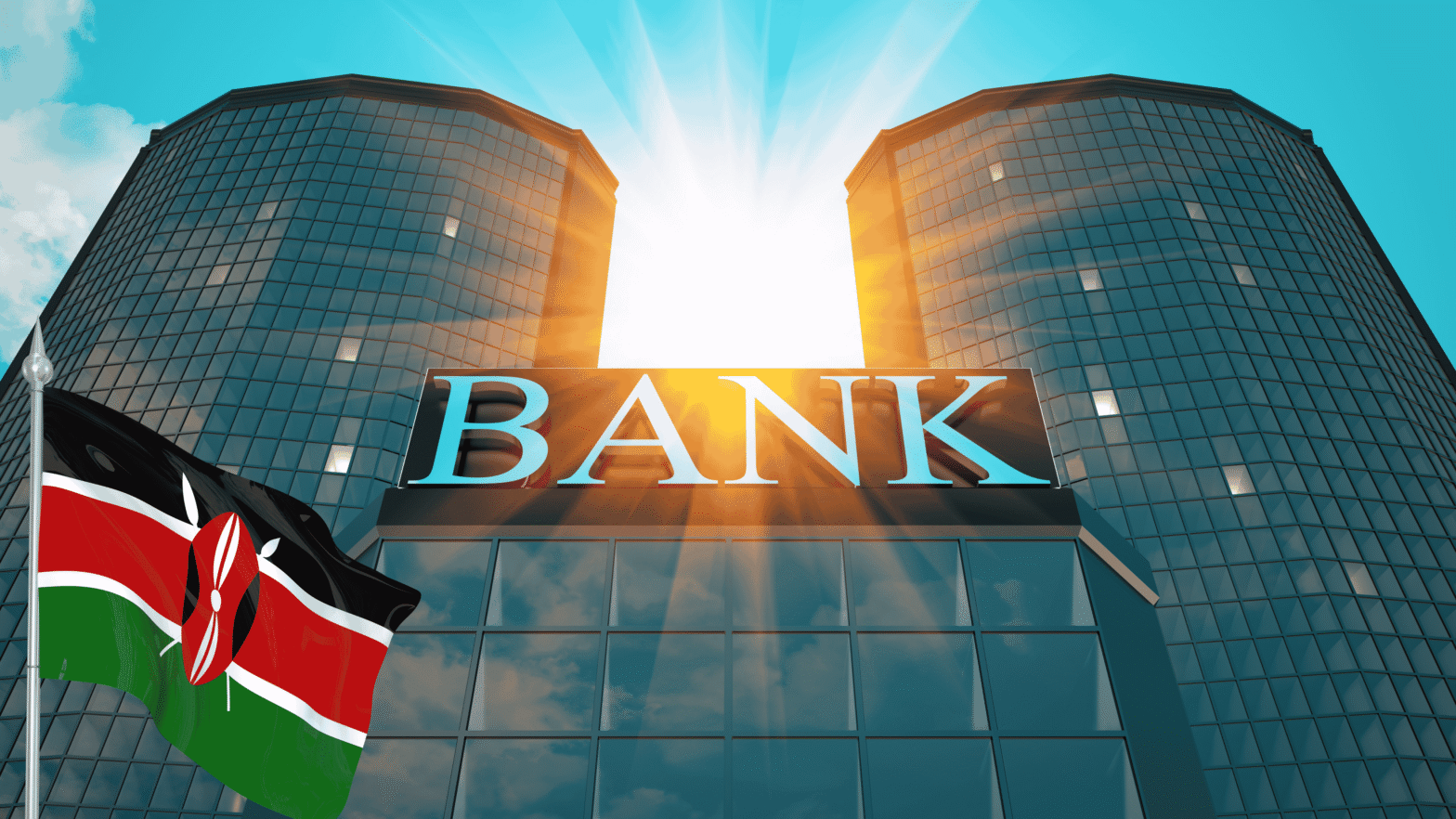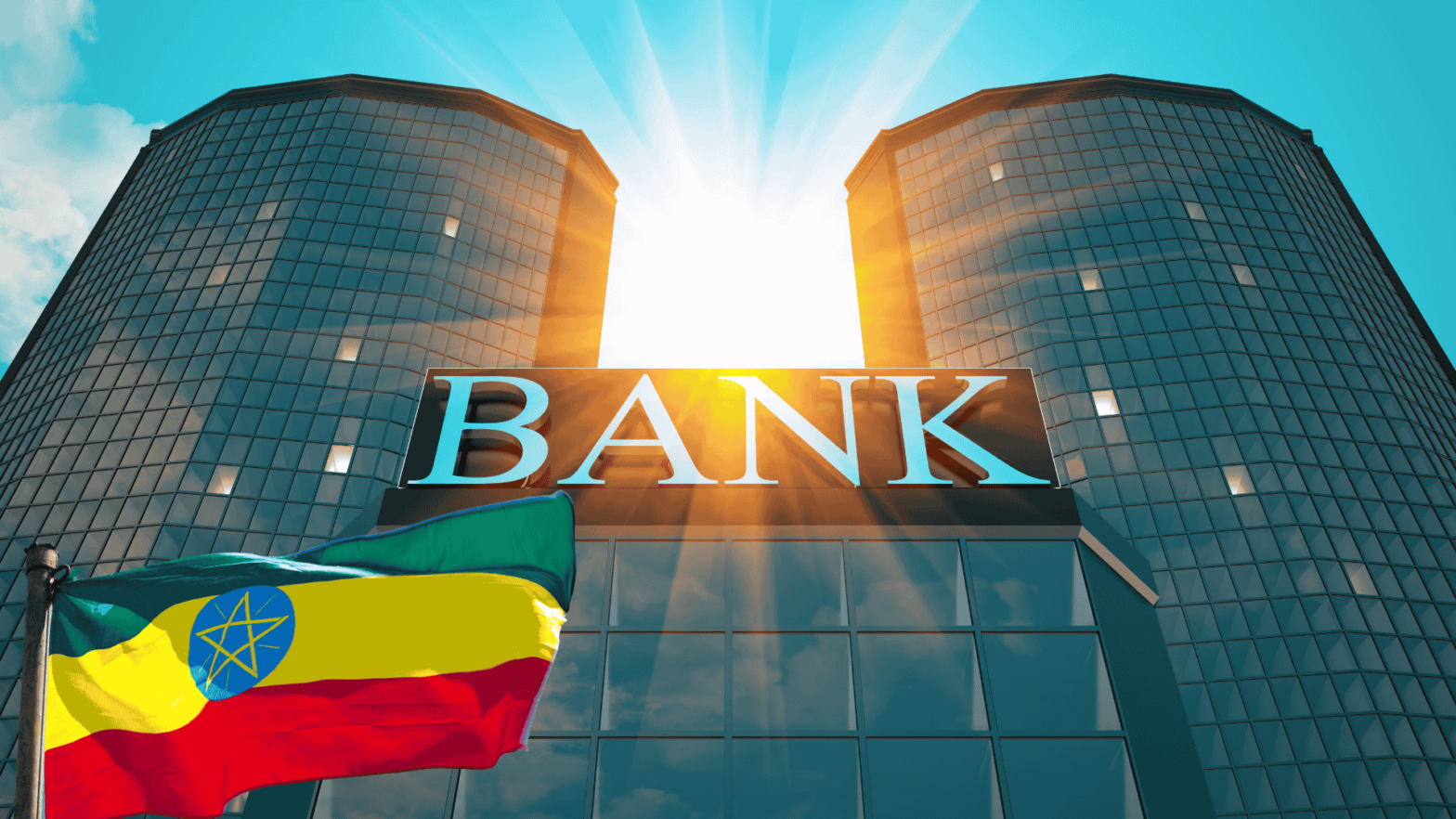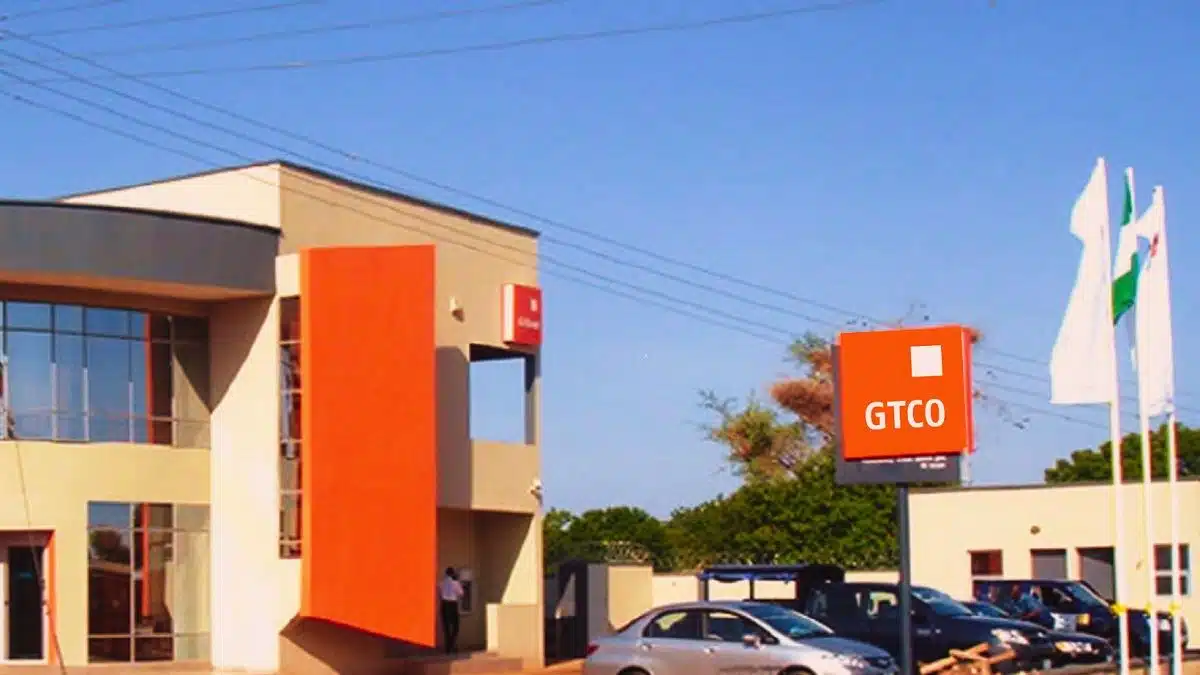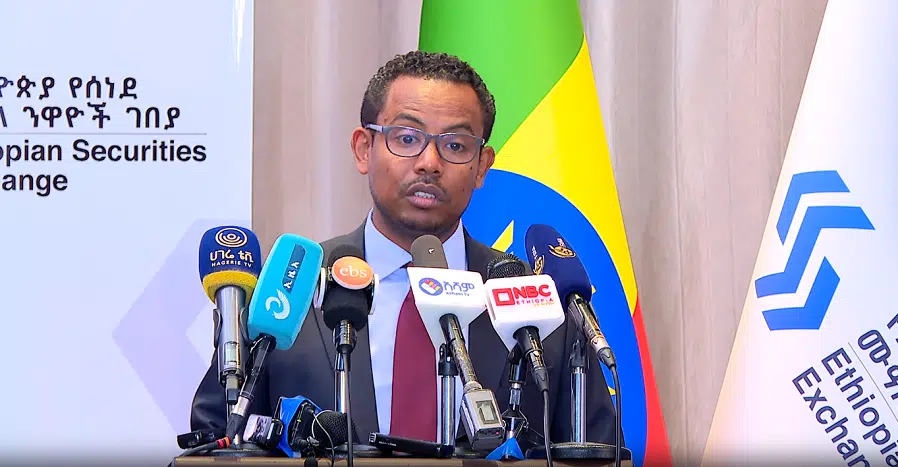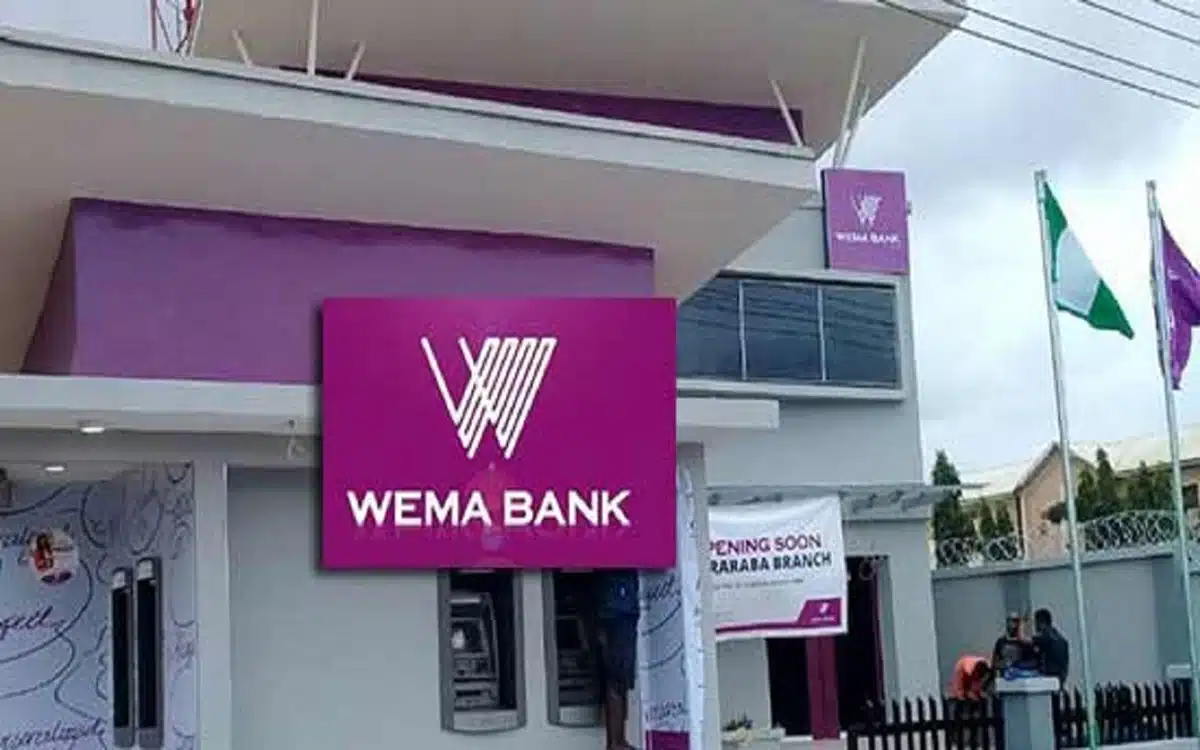Access Holdings Plc, Nigeria’s largest banking group by assets, reported a 23.3% decline in after-tax profit to ₦215.9 billion ($139.1 million) in the first half of 2025, from ₦281.3 billion ($187.2 million) a year earlier, according to its half-year financial statement released on Friday.
A Finance in Africa analysis of the results shows this marks the parent company of Access Bank’s first profit contraction since the first half of 2020, when it posted ₦61 billion ($170 million).
Despite the earnings drop, net interest income—the group’s largest revenue stream—surged by 91.8% year-on-year to ₦984.6 billion ($634.4 million) in H1. However, impairment charges surged 87.4% to ₦230.1 billion ($148.3 million), eroded profitability.
“Access Holdings’s financial results for the half year ended June 30, 2025, reflect the resilience of our business model, the diversification of our revenue streams, and the steady progress in executing our five-year strategic plan,” the group said in its earnings report.
A breakdown of the results shows that gross earnings grew 13.8% year-on-year to ₦2.5 trillion ($1.61 billion), driven by a 38.9% increase in interest income to ₦2.0 trillion ($1.29 billion).
Access joins GTCO, Zenith, First Holdco in profit decline
Access Holdings joins other tier-one lenders—including Guaranty Trust Holding Company (GTCO) Plc, Zenith Bank Plc, and First HoldCo Plc—in posting their first earnings contraction in years.
First HoldCo, the parent company of the country’s oldest lender FirstBank, reported a profit of ₦289.8 billion ($186.7 million), its first decline in seven years, while Zenith Bank’s profit fell to ₦532.2 billion ($342.9 million), its first drop since 2016.
GTCO’s profit also fell to ₦449.01 billion ($289.3 million), marking its first earnings contraction since 2022.
Although United Bank for Africa (UBA) Plc managed a 6.04% increase in after-tax profit to ₦333.5 billion ($214.9 million), its pre-tax profit slipped to ₦388.4 billion ($250.3 million) from ₦401.6 billion ($267.2 million) in H1 2024—its second consecutive half-year decline.
Combined after-tax profit for the tier-one banks excluding UBA dropped to ₦1.47 trillion ($947.2 million) in H1 2025, down from ₦2.19 trillion ($1.46 billion) a year earlier.
GTCO suffers most fall after London Listing
GTCO, Nigeria’s largest banking group by market capitalisation, reported the highest profit decline among the tier-one lenders, with a 50% drop in H1.
The results came just weeks after the lender became the first Nigerian financial institution to list on the London Stock Exchange (LSE), marking a milestone in its international expansion strategy.
The July 9 listing boosted its market capitalisation beyond ₦3 trillion, making it the first Nigerian bank to cross that threshold.
According to CSL Research, “GTCO’s audited H1 results showed a 31.5% year-on-year increase in interest income to ₦812.4 billion ($523.5 million), supported by a sustained high-yield environment and growth in earning assets.”
However, funding costs rose sharply as interest expenses increased 42.5% year-on-year, raising its cost of funds to 2.2% by June 2025. Net loans and advances to customers also grew by 20.5g compared to full-year 2024, further squeezing margins amid tighter liquidity conditions.
FX gains fade as naira stabilises
The slowdown in foreign exchange revaluation gains—one of the key earnings drivers in 2023 and 2024—was a major drag on profitability. The naira’s relative stability this year has led to smaller valuation gains compared with the last two years, when the currency underwent two major devaluations.
Central Bank of Nigeria (CBN) data show that the average official exchange rate rose to ₦1,450/$ in 2024 from ₦645.10/$ in 2023. In the first eight months of 2025, the naira traded within the ₦1,500–₦1,600/$ range before strengthening to ₦1,480.3/$ as of September 26. On October 24, it closed at ₦1,458.4/$ on the official window.
Access Holdings recorded a ₦66.4 billion ($42.8 million) FX loss, compared to an ₦80.8 billion ($53.8 million) gain a year earlier. Zenith Bank’s FX gains fell to ₦167 billion ($107.6 million) from ₦219.4 billion ($145.9 million).
UBA’s FX gain plunged to ₦40.9 billion ($26.4 million) from ₦326.1 billion ($216.9 million), while GTCO swung to a ₦2.57 billion ($1.66 million) loss from a ₦617.1 billion ($410.6 million) gain in H1 2024.
First HoldCo, however, reversed a ₦165 billion ($106.3 million) loss to a ₦73.5 billion ($48.9 million) gain, though its interest expenses doubled to ₦185.4 billion ($119.5 million).
Policy shifts reshape bank margins
Much of the record profits in 2023 and 2024 were driven by government reforms that led to two major naira devaluations—in June 2023 and January 2024—and by higher interest income amid the CBN’s aggressive monetary tightening. The Monetary Policy Rate (MPR) climbed 875 basis points to 27.50% in November 2024 from 18.75% in July 2023.
However, in July this year, the CBN held the MPR steady at 27.50% for a third consecutive time before cutting it by 50 basis points to 27% in September—its first rate cut in five years. The decision marked the beginning of a moderation in the high-yield environment that had supported bank margins.
Before the profit slowdown in H1, both tier-one and mid-sized banks had already signaled weaker earnings momentum in the first quarter. The combined after-tax profit of nine listed lenders—including Fidelity Bank Plc, Wema Bank Plc, Stanbic IBTC Holdings Plc, and FCMB Group Plc—rose marginally by 0.74%, compared with the 274.3% surge recorded in Q1 last year.
Note: All figures were converted at the official average exchange rate of ₦1,551.9/$1 for H1 2025, ₦1,503/$1 for H1 2024, and ₦358.8/$1 for 2020.

